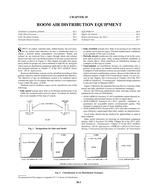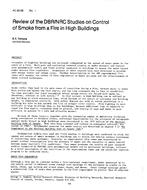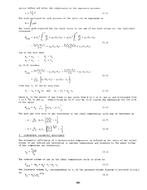Although energy efficiency of building envelope assemblies has been an important topic, condensation control of the thermal bridges has always been a major concern of the designers. In building envelope details, highly heat conductive materials and poor thermal insulations create thermal bridging. Condensation occurs when indoor air reaches the cold surface of thermal bridging area which is below dewpoint temperature. Condensation could lead to surface staining, mold growth and deterioration of sensitive materials of which millions of dollars are spent on the repair in North America climate every year. Therefore, enhancing condensation resistance at thermal bridging areas is an important design factor that should be considered to minimize the risk of condensation due to interior moisture level.
Inadequate thermal insulation at interface of wall and slab makes balconies one of the weakest assemblies of building envelope with regard to thermal performance and condensation resistance. Unfortunately, the impact of balcony thermal bridge is often neglected or simplified by designers which in turn has a negative impact in condensation resistance.
In this article, a number of common balcony interfaces that are known to have thermal bridges are modeled under different weather design temperatures. Thermal modeling of this study is conducted by COMSOL Multiphysics Modeling Software, a finite element analysis with PARADISO thermal solver. The coldest interior surface temperatures are derived from modeling results, and compared with dewpoint temperature to analyse the risk of condensation.
The goal of this paper is to develop a catalogue and guidelines that allow designers to verify the condensation resistance of selected balconies in different climate zones, and meet ASHRAE and LEED standards and local codes.
Citation: 2017 Winter Conference, Las Vegas, NV, Conference Papers
Product Details
- Published:
- 2017
- Number of Pages:
- 8
- Units of Measure:
- Dual
- File Size:
- 1 file , 1.6 MB
- Product Code(s):
- D-LV-17-C063


